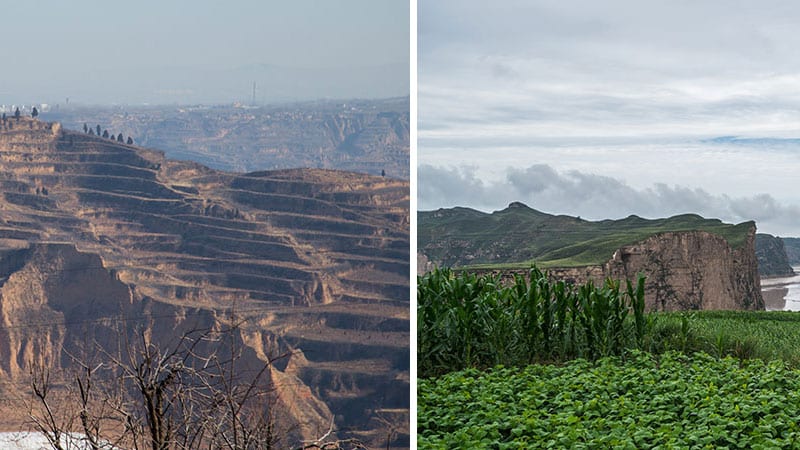For Earth Day, embracing regenerative agriculture
This article was originally published in April 2019

As we observe Earth Day and consider how human activities are harming the planet, we may wish to reflect on how language might help shape the dialogue about our ability to improve our environment.
Much of the leadership in organic agricultural and sustainability circles is beginning to use the term “regenerative” in referencing practices that go beyond “sustainable.”
Sustainability generally is defined as something that improves the quality of human life while living within the carrying capacity of supporting ecosystems. It entails avoiding depletion of natural resources in order to maintain ecological balance. Sustainability implies responsible and proactive decision-making and innovation that minimizes negative impacts and maintains balance between ecological resilience, economic prosperity, political justice, and cultural vibrancy to ensure a desirable planet for all species now and in the future.
With the amount of carbon in the atmosphere growing by the day — which causes the planet to become warmer and the ocean to acidify — many organic leaders are encouraging us to reframe how we talk and think, especially about sustainable agriculture, encouraging us to go further and rebuild what has been damaged.
Max Goldberg, the founder of Organic Insider and Living Maxwell, says “Nothing is a more clear example of this than the regeneration project of the Loess Plateau in China over the past 15 years, as documented by soil scientist John D. Liu, director of the Environmental Education Media Project (EEMP). Using regenerative practices, farmers now are able to grow copious amounts of food, the once arid landscape is again filled with healthy and diverse plant life, and more water is held and absorbed by the land’s soil.”
We know that the conditions in our physical universe can improve. This is why the term “regenerative” is becoming part of the nomenclature in talking about the health of the planet.
“If we can make things better on many levels, places that have been in torment can be changed — soil can be rebuilt faster than we ever thought possible, small water cycles can work again, the effects of drought can become almost non-existent,” says Finian Makepeace, co-founder of Kiss the Ground, an advocacy and educational nonprofit. “… People are operating under the assumption that in order to serve our needs (ample food, water, etc.), nature will get worse when we are working with her. This does not have to be the case.”
As a longstanding leader that has adopted sustainability goals, PCC also is supporting emerging efforts to certify regenerative practices, where organic is the foundation for additional label claims for products that help improve the Earth’s capacity to sequester carbon. We’ll tell you more about these emerging label claims in a coming issue of Sound Consumer.
This article was adapted from a post by Max Goldberg, founder of Organic Insider and Living Maxwell. To receive his weekly Organic Insider newsletter, sign up at organicinsider.com/subscribe-now.
